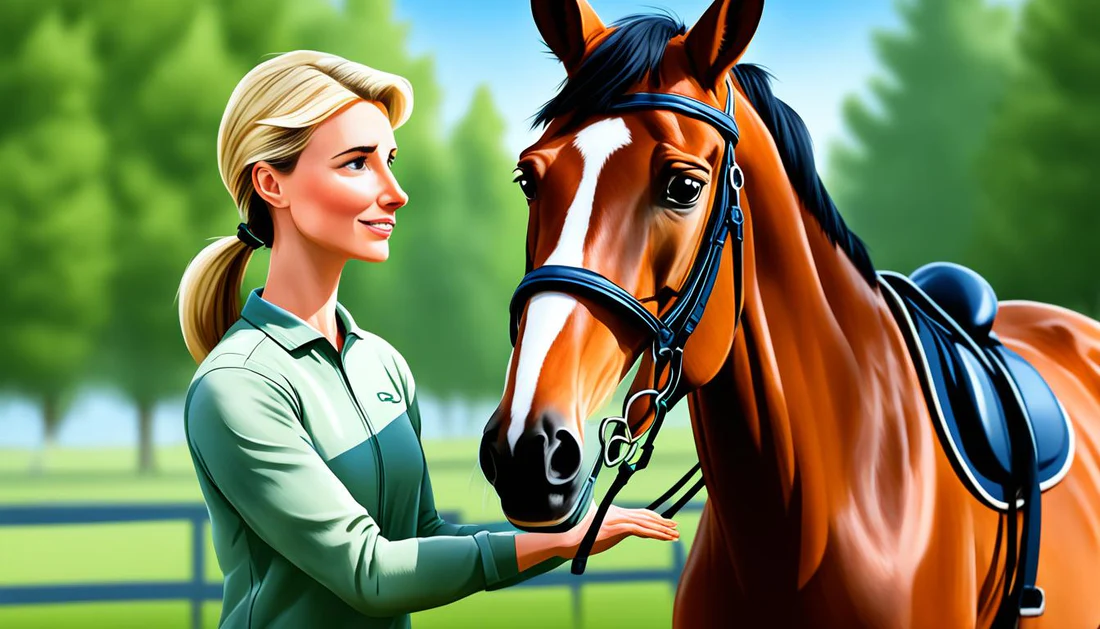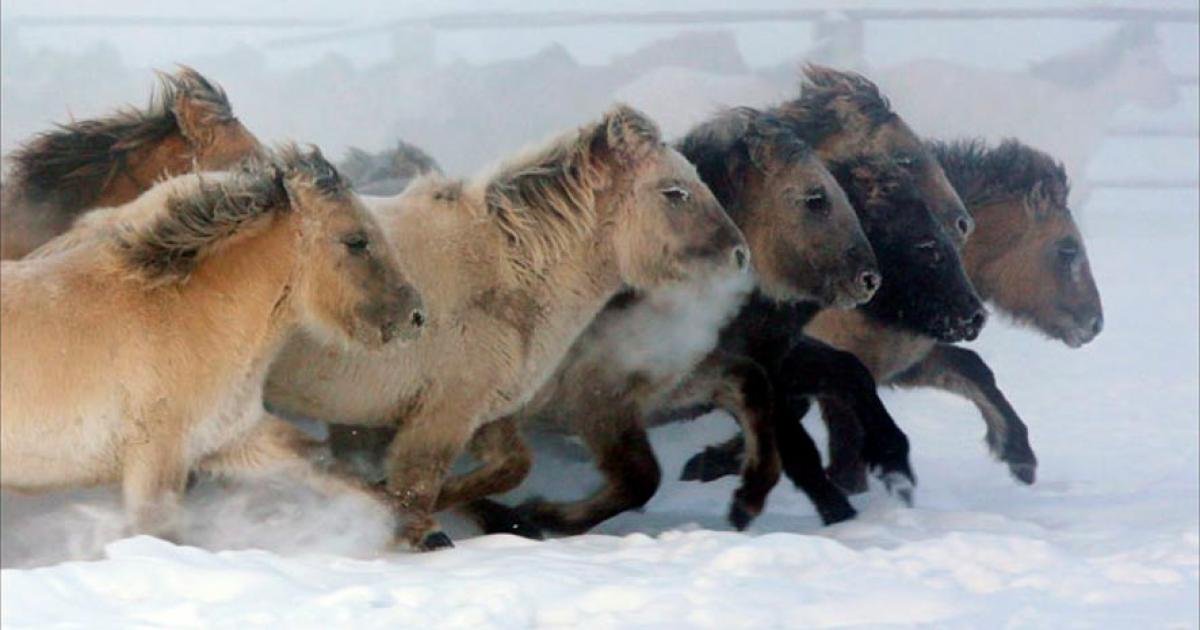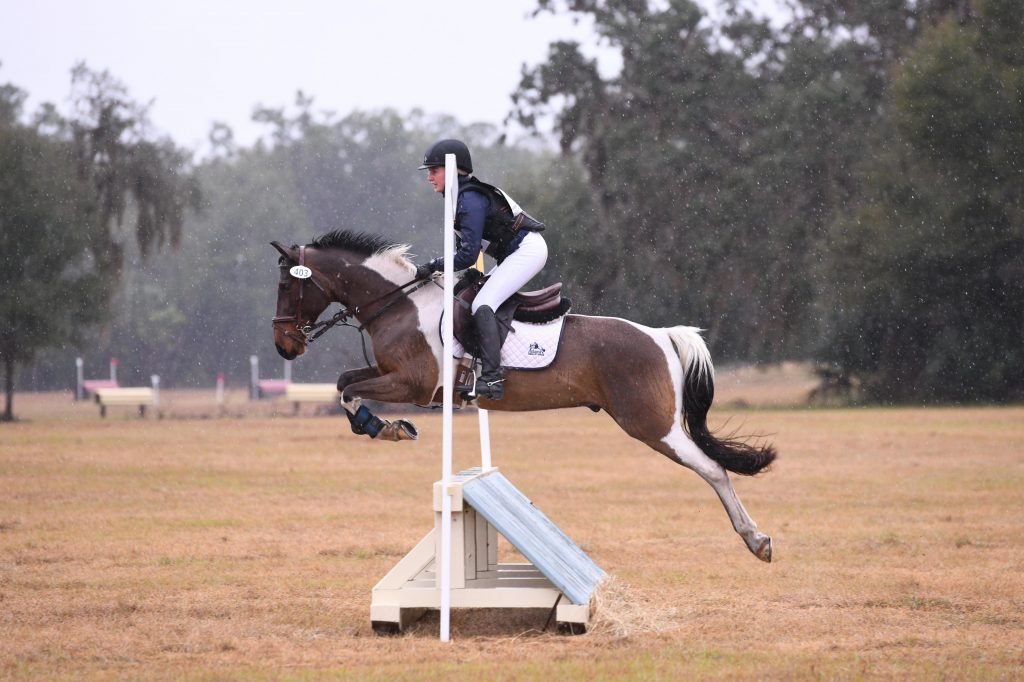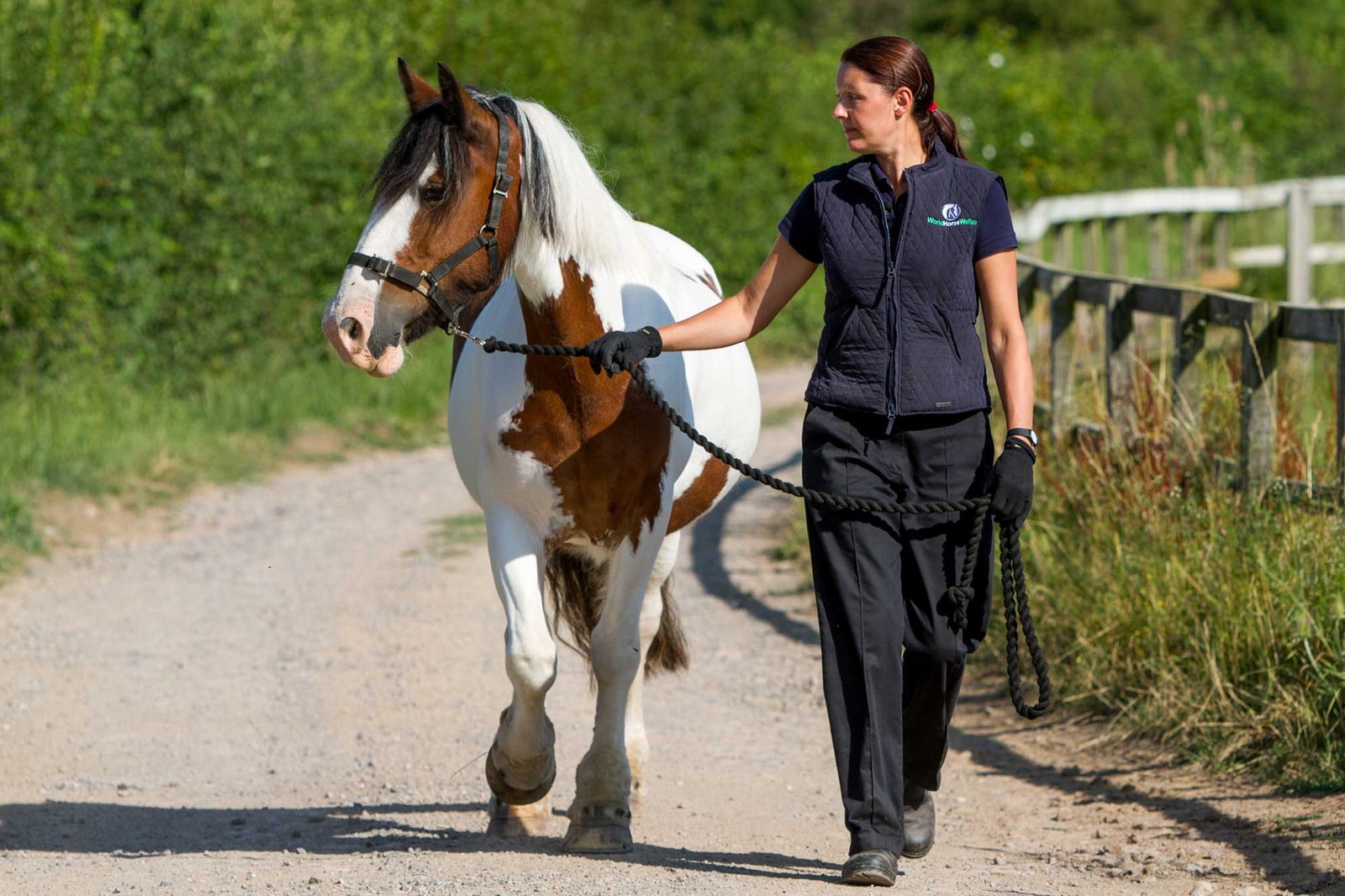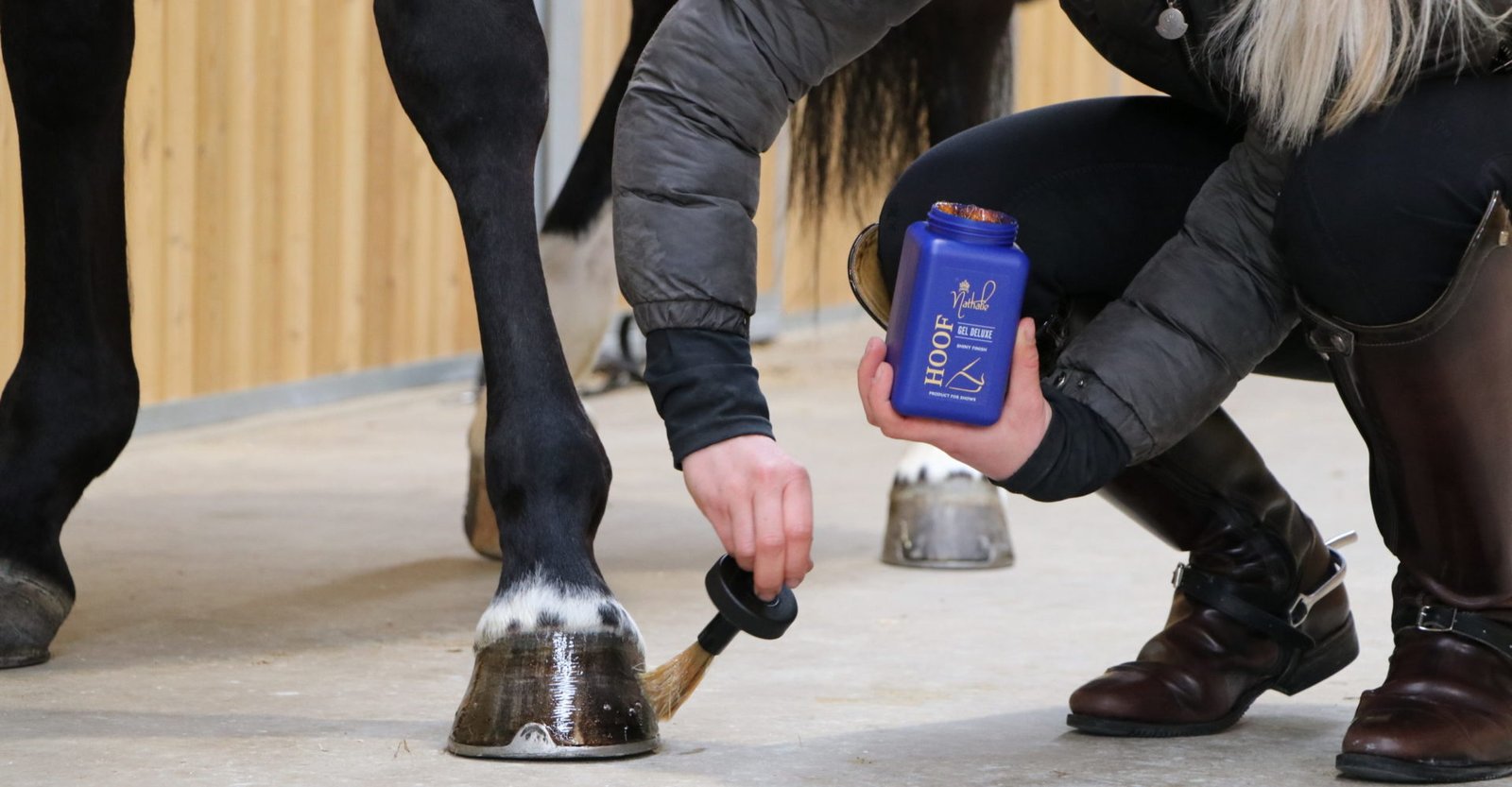Training a pony is a rewarding and important part of equine care. Whether you are training a pony for riding, showing, or simple handling, having effective training techniques can make a significant difference in achieving success. Ponies are often intelligent, strong-willed, and quick learners, but they require patience, consistency, and understanding. In this guide, we’ll explore some of the best practices for training ponies and ensuring that both you and your pony enjoy the process.
1. Establishing Trust and Respect
Before any training begins, it’s essential to build a foundation of trust and respect between you and your pony. Ponies are social animals and respond well to handlers who are calm, consistent, and patient. The first step in training is creating a bond with your pony through positive interactions, gentle handling, and time spent together.
Key Practices:
- Spend time grooming and bonding with your pony before starting any training. This will help your pony get used to your presence and develop trust.
- Always use a calm voice and gentle movements. Avoid sudden gestures or actions that might startle the pony.
- Be consistent in your commands. Ponies respond best to repetition, so always use the same words or cues for specific actions.
2. Groundwork: Teaching Basic Commands
Groundwork is the foundation of all pony training. Teaching your pony basic ground manners, such as leading, halting, and backing up, is crucial for both safety and effective communication. Groundwork exercises help the pony learn to respond to cues without the rider on their back, which can be helpful in maintaining control and instilling discipline.
Key Practices:
- Leading: Practice walking your pony beside you, making sure it stays in position and follows your lead. Use gentle pressure on the lead rope to encourage the pony to stay with you.
- Halting: Teach your pony to stop when asked. This can be done by pulling gently on the lead rope and saying “whoa” in a calm but firm voice. Reward the pony with praise when it stops.
- Backing up: To teach your pony to back up, apply light pressure on the lead rope while gently tapping the pony’s chest or body with a soft object, such as a crop, and give the command “back.”
Groundwork exercises also teach your pony to remain calm in different situations, such as standing still while being tied or handling noisy environments. This step is crucial for building a responsive and well-mannered pony.
3. Introducing Riding: Starting with the Basics
Once groundwork is established, you can begin training your pony for riding. Start with basic riding techniques such as getting the pony used to being saddled and mounted. It’s important to go slowly and allow your pony to get comfortable with each step before proceeding to the next.
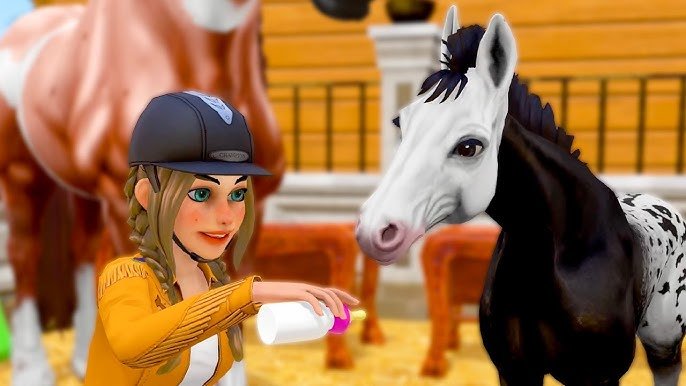
Key Practices:
- Desensitizing to the saddle: Gently place the saddle on your pony’s back and allow it to adjust to the sensation. Start by walking the pony around with the saddle on, gradually increasing the amount of time it spends wearing the saddle.
- Getting on and off: Ensure that your pony is calm and stable before attempting to mount. Start with one foot in the stirrup and allow the pony to become accustomed to the sensation of weight in the saddle. Gradually work up to fully mounting and dismounting, ensuring that the pony does not react with fear.
- Walking and trotting: Begin with basic walking exercises, asking your pony to walk in circles or straight lines. Progress to trotting once the pony is comfortable with walking.
Throughout the riding process, remember that patience and consistency are key. Don’t rush the training – allow your pony to become confident in each step before moving on to more complex tasks.
4. Reinforcing Positive Behavior with Rewards
Pony training, like training any animal, works best when positive reinforcement is used. Rewarding your pony with praise, treats, or extra time grazing helps reinforce the desired behaviors and encourages the pony to repeat them. A positive, reward-based approach makes training enjoyable for both the pony and the trainer.
Key Practices:
- Praise: Offer verbal praise, such as “good pony” or a similar phrase, whenever your pony performs the desired behavior. This helps the pony understand what it’s doing right.
- Treats: Offering a small treat, such as a carrot or apple slice, after a successful training session or good behavior can be a great motivator. Just be mindful not to overfeed treats, as they can lead to unhealthy habits or weight gain.
- Consistency: Be consistent with your rewards. Only reward the pony when it performs the desired behavior correctly. Inconsistent rewards can confuse the pony and slow down the training process.
Remember that too much praise or reward can dilute its effectiveness, so balance it with the necessary discipline and correction when needed.
5. Dealing with Challenges and Setbacks
Training a pony is rarely a smooth, uninterrupted process. There will be challenges along the way, such as stubbornness, resistance, or moments when your pony seems to forget what it’s learned. When this happens, it’s essential to stay calm and patient.
Key Practices:
- Don’t react in anger: It’s easy to become frustrated if your pony isn’t responding as expected, but reacting with anger can create fear and confusion. Always stay calm and handle the situation with patience.
- Be persistent: Ponies may take time to understand new commands or routines. If your pony isn’t responding, revisit previous training steps, refine your approach, and keep practicing.
- Break it down: If your pony seems overwhelmed, break the task down into smaller, more manageable steps. Gradually build up to more complex skills, ensuring that your pony’s confidence grows over time.
Remember that setbacks are part of the process, and persistence is key to long-term success.
6. Regular Exercise and Socialization
Training doesn’t stop after the basics are covered. Regular exercise and socialization are important for keeping your pony in top shape and ensuring that it remains responsive and well-mannered. Ponies are social animals, and exposing them to different environments, people, and other animals can help prevent behavioral issues and promote confidence.
Key Practices:
- Exercise: Ensure that your pony gets plenty of physical exercise, whether through riding, lunging, or turning it out in the field. Regular exercise helps maintain a pony’s physical health and improves its responsiveness to training.
- Socialization: Introduce your pony to different situations, environments, and people to build its confidence. Take your pony to different locations, allow it to meet other horses or ponies, and expose it to new sounds and experiences.
Regular exposure to different situations can help prevent problems like spooking or shyness and promote a well-rounded, adaptable pony.
Conclusion
Training a pony requires patience, consistency, and positive reinforcement. By starting with groundwork, progressing to riding, and reinforcing good behavior with rewards, you’ll be well on your way to having a well-trained, responsive pony. Remember that training is an ongoing process, and regular exercise and socialization will help your pony grow into a confident, well-behaved companion. Whether you’re preparing your pony for riding, showing, or simply handling, the key to success lies in establishing a strong foundation built on trust, patience, and understanding.







